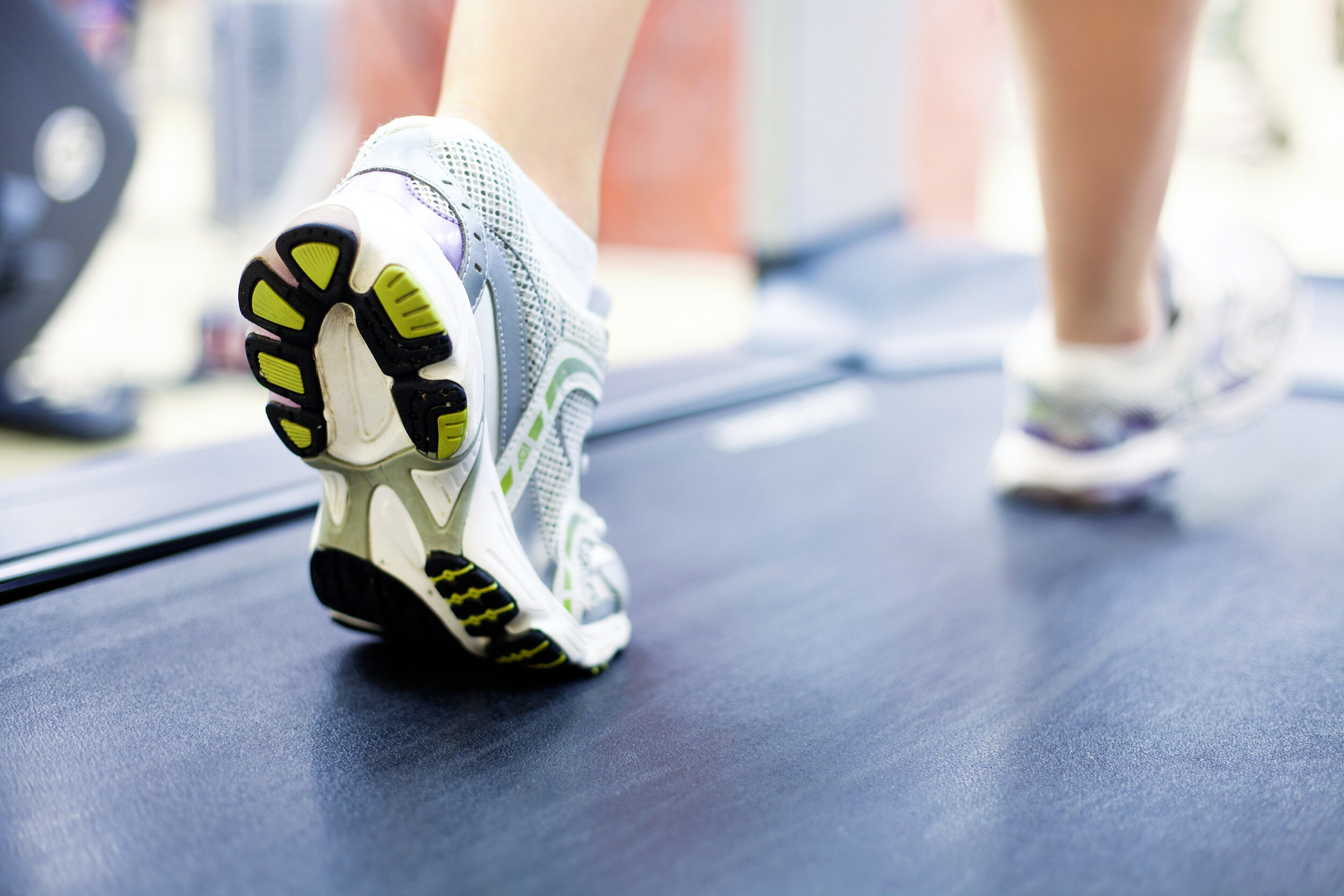Biomechanical Assessment
Why have a Biomechanical Assessment?
You’ve read this before:“I’m not in pain, so I must be healthy!”WRONG! Pain is the last signal your body raises, to tell you it’s experiencing some kind of dysfunction that needs help. Many people see a podiatrist because they arein pain, either in their feet, legs or knees. They may not consider seeing one if they don’t have pain. But this is like waiting for your teeth to decay and cause pain, before you see a dentist. Some people have never heard of a biomechanical assessment or its value in detecting issues before they happen. When issues happen it affects your movement, your mobility and your lifestyle, sometimes permanently.
At work, in sport and in daily life, we are all vulnerable to musculoskeletal injuries. For instance, knee injuries are frequent in relation to physical activity in sport and at work via repetitive leg movements. When looking at musculoskeletal damage, there are three risk factors that can lead to the person’s pain.
They are:
The Physical Attributes of the movements that you are performing, for example, your posture, the heaviness of the load, your repetitive movements, recovery or lack of recovery time.
The Biological risk factors specific to each individual, for example: age, height, body mass, gender, physical capacities (muscle force, endurance and fitness) and – surprisingly – your personality. These affect the injuries you sustain.
The Psychological risk factors of stress and pain behavior must be accounted for in relation to the individual’s physical activity.
So why have a biomechanical assessment? A biomechanical Assessment may avert problems before they happen. Foot aches or pain, ankle or shin pain, heel pain, lower back pain, callus, corns, blisters, bunions, runner’s knee, knee pain and hip pain may all be the result of misalignment or abnormal forces on feet and legs. Prevention is better, cheaper, less painful, less destructive and less time consuming than cure.
The Biomechanical analysis enables your podiatrist to understand your underlying method of movement and hence the injuries you are likely to sustain. Biomechanics allows your podiatrist to:
Accurately diagnose painful or damaging conditions and structural issues.
Determine the best motor strategies to support your mobility
Correct structural issues to reduce wear, avoid pain and extend the body’s capacity to remain mobile as it ages
Write prescriptions for customized devices or select the correct ‘off the shelf’ devices
Keep records for future comparisons and to minimize future damage
What Is a Biomechanical Assessment?
ABiomechanics assessment is an investigation into your lower limb function and noting abnormalities and compensations. For example high or flat arches; one leg longer than the other; one foot bigger than the other.
Our podiatrists, as an adjunct to this assessment, will conduct Gait Analysis to inspect these conditions as they play out in your walking (gait). Computerised Video Gait Analysis (sensor and recording technology) has made this more precise. But what’s more important is that being a visual, real time technology, it enables a detailed analysis of each aspect of the walking cycle. Additionally, it will help you see the way you walk and understand how pain or issues can be the outcome of untreated structural conditions.
Orthotic Scripting Biomechanical Assessments provide information to write prescriptions for custom-made orthotic devices (find indicated). The prescription is used by the laboratory to create devices that correctly support your specific structural needs.
Orthotic Scans: Biomechanical assessments are also supported by 3D computerized scans of left and right feet. Laser scans (or plaster casts) provide the size and shape of your feet, to guide the custom-making of your devices.
Take the first step!

